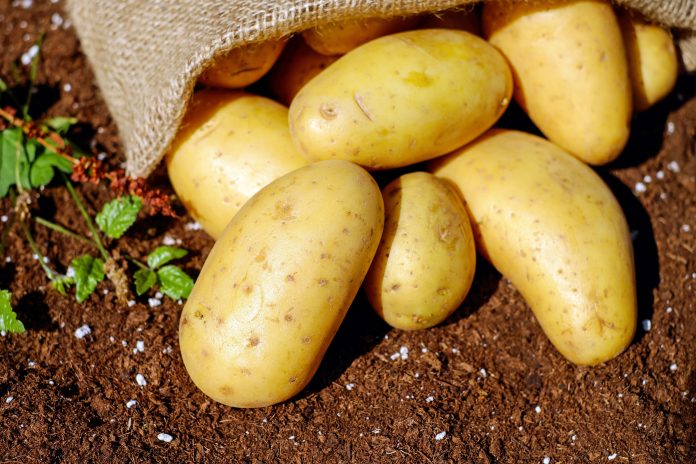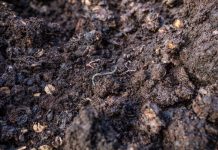Potatoes are a versatile and nutritious crop that can easily be added to any meal. Growing potatoes in your own backyard is not only an enjoyable hobby but can also provide a bountiful harvest for your family. In this blog post, we’ll explain the step-by-step process of growing potatoes, from choosing the right seed potatoes to harvesting your crop. Whether you’re a homesteader, farmer, or gardener, this guide will help you get started with the potato growing process.
When it comes to planting them, you have a couple of options: traditional rows or no-till methods. Both can be effective, but no-till methods require less labor and can be better for soil health in the long run. Whatever method you choose, adding compost and slow-release fertilizer can help to ensure healthy growth and a bountiful harvest. So, get your gloves on and get ready to dig in – there’s nothing quite like the satisfaction of growing your own potatoes.
Choosing the Right Seed Potatoes
The first step in growing potatoes is to choose the right seed potatoes. It’s important to choose high-quality seed potatoes from a reputable source to ensure a good crop. There are different types of seed potatoes available, including early, mid-season, and late-season varieties. Early potatoes are typically ready to harvest in 60-90 days, while late-season potatoes can take up to 120 days. Chitting the seed potatoes by placing them in a light and warm area several weeks before planting can also promote a bigger crop.
Chitting simply means allowing the potatoes to sprout before planting. By doing this, you promote better growth and bigger yields. It’s a simple process that involves placing the seed potatoes in a light, cool place for several weeks. As the potatoes begin to sprout, you’ll notice small, green shoots emerging from the eyes of the potato. This is a sign that the potato is getting ready to grow and will be more productive when planted. So if you want to maximize your potato harvest, give chitting a try and see the difference it can make.
Preparing the Soil
Good soil is essential for growing healthy potato plants. The best soil type for potatoes is well-draining, loose, and fertile. Adding compost and slow-release fertilizer to the soil can further boost the growth of your potato plants. Before planting, it’s best to prepare the soil by loosening it with a fork or tiller. It’s also important to remove any weeds and stones from the soil to prevent them from interfering with the growth of your potato plants. Planting Methods: There are two main methods for planting potatoes: the traditional row method and the no-till method. The traditional row method involves digging shallow trenches and placing the seed potatoes in a row, covering them with soil, and repeating the process until the entire row is complete. The no-till method involves placing seed potatoes directly into the soil without digging trenches. Both methods are effective, and the choice of method depends on personal preference.
Caring for Potato Plants
Potato plants need proper care to produce healthy tubers. Hilling the potato plants, or piling soil around the base of the plants as they grow, is necessary for increased tuber production. Proper watering, fertilization, and pest control are also essential for healthy growth. It’s important to water the potato plants regularly, but not too much as this can lead to disease. Adding a balanced fertilizer during the growing season can also boost plant growth and tuber production. Lastly, it’s important to keep an eye out for pests like aphids and potato beetles and eliminate them promptly to prevent damage to your crop. Hire pest control services if you find any pests on your potatoes.
Harvesting Potatoes
Knowing when to harvest your potatoes is crucial for optimal yield. Early potatoes can be harvested when the plants have flowers, and the foliage has turned yellow. Late-season potatoes can be harvested when the foliage has completely died. When harvesting, it’s important to dig up the soil around the base of the plant and gently pull out the entire plant to avoid damage to the potatoes. Once harvested, the potatoes should be stored in a cool, dry, and dark place.
Conclusion
Growing potatoes can be a fulfilling and rewarding experience for anyone with a passion for gardening or farming. By choosing the right seed potatoes, preparing the soil, using the proper planting methods, and caring for the plants, you can produce a bountiful harvest of healthy and delicious potatoes. With a little bit of effort, anyone can grow their own potatoes, and this guide provides all the information you need to get started. So what are you waiting for? Start planting your potatoes today and enjoy a delicious harvest in the future.














